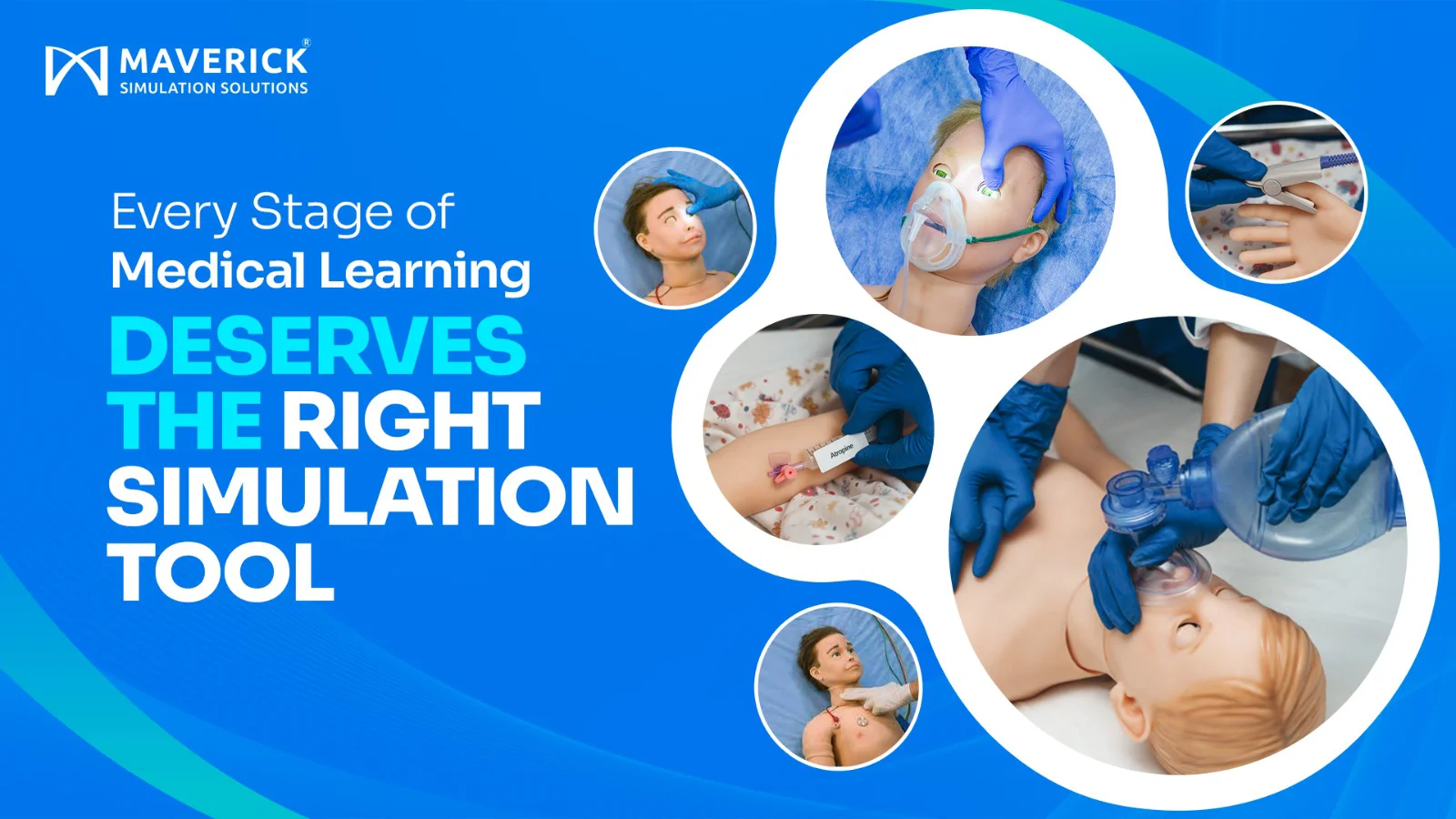Ultimate Guide: Low Fidelity vs High Fidelity Simulators – Best Training Choice

Introduction
Low fidelity vs high fidelity simulators is a crucial comparison every medical educator, student, or institution must make before investing in simulation technology. Simulation-based learning has transformed healthcare education by offering safe, controlled environments for skill practice. But the question remains — should you choose low-fidelity or high-fidelity simulators?
This comprehensive guide will walk you through the differences, benefits, limitations, and ideal use cases to help you make an informed decision.
What Are Low-Fidelity Simulators?
Low-fidelity simulators are basic training tools used to practice fundamental clinical skills. These include simple anatomical models or task trainers like CPR manikins, IV arms, or airway heads.
Key Features of Low-Fidelity Simulators
- Limited realism
- Focus on specific skills
- Highly affordable
- Easy to use, maintain, and transport
Best For:
- Medical schools with limited budgets
- Beginners learning procedural accuracy
- Early-stage skill practice before advancing to complex scenarios
What Are High-Fidelity Simulators?
High-fidelity simulators are advanced, computer-driven manikins capable of mimicking human physiological responses — breathing, pulse, speech, pupil reaction, and more.
Key Features of High-Fidelity Simulators
- Real-time physiological feedback
- AI-driven scenarios and emergency response simulation
- Enables communication, teamwork, and clinical decision-making
- Closely replicates a real patient’s condition
Best For:
- Nursing and medical residency programs
- Critical care, anesthesia, trauma, and emergency training
- High-stakes exam preparation and interprofessional simulations
Low Fidelity vs High Fidelity Simulators: A Detailed Comparison
Criteria
Low-Fidelity Simulators
High-Fidelity Simulators
Realism
Basic
Highly Realistic
Cost
Low
High
Use Case
Skill training
Scenario-based learning
Technology
Manual
AI / Computer-driven
Team Training
Limited
Fully supported
Advantages of Low-Fidelity Simulators
- Budget-friendly – Ideal for institutions with financial constraints
- Skill-focused – Perfect for mastering repetitive procedures
- Low maintenance – No complex systems or software updates required
Advantages of High-Fidelity Simulators
- Real-life scenario training – Supports emergency and crisis management
- Improves decision-making & teamwork
- Feedback and analytics – Records performance for debriefing
When to Choose Low-Fidelity Simulators
Choose low-fidelity simulators if your goal is to:
- Train students in basic tasks like suturing or IV insertion
- Practice repeatedly without the need for high realism
- Maintain a limited training budget
When to Choose High-Fidelity Simulators
Choose high-fidelity simulators if you aim to:
- Replicate real-world clinical emergencies
- Prepare learners for complex decision-making under pressure
Many leading institutions today use both low-fidelity and high-fidelity simulators to create a step-by-step learning ladder:
- Low-Fidelity for foundational skills
- High-Fidelity for advanced clinical judgment
- To learn more about advanced healthcare simulation tools, visit:
Explore Medical Simulation Solutions
For global simulation standards and best practices, refer to: INACSL
Conclusion
The low fidelity vs high fidelity simulators debate is not about choosing one over the other, but choosing the right tool for the right purpose. Low-fidelity models are irreplaceable for early skill building, while high-fidelity simulators elevate competence through lifelike experiences.
Final Tip: Start with your learning objectives. The right simulator is the one that mirrors your training goals — not just your budget.
Frequently Asked Questions (FAQs)
Are high-fidelity simulators worth the cost?
Yes, especially for institutions focusing on emergency, surgical, and critical care training.
Can low-fidelity simulators replace high-fidelity?
No. They are ideal for basic skills but cannot simulate realistic patient responses.
Which simulator is best for beginners?
Low-fidelity simulators are ideal for first-year students and fundamental training.
I’m a medical student — should I start with low fidelity or high fidelity simulators?
If you’re just beginning your training, start with low-fidelity simulators. They’ll help you build confidence in basic skills like CPR, IV insertion, and wound dressing. Once you’re comfortable, move to high-fidelity simulators for emergency and scenario-based practice.
Are high-fidelity simulators difficult to operate?
Not really, but they do need some initial training. These simulators are powered by computer software, so once your faculty or operator learns how to control them, the process becomes smooth and repeatable.
Do both simulator types improve real-life performance?
Both play essential roles. Low-fidelity simulators strengthen procedural skills, while high-fidelity simulators enhance decision-making, communication, and team coordination — all crucial for real patient care.
Why are high-fidelity simulators more expensive?
Because they replicate human physiology in real time! They include advanced sensors, voice functions, and AI-driven responses. Think of it as the difference between a simple car model and a fully equipped smart car — both run, but one offers a more immersive experience.
Can institutions combine both simulators in one program?
Absolutely. In fact, that’s the best approach! Start training with low-fidelity models for individual skill building and progress to high-fidelity simulators for group simulations and emergency scenarios.